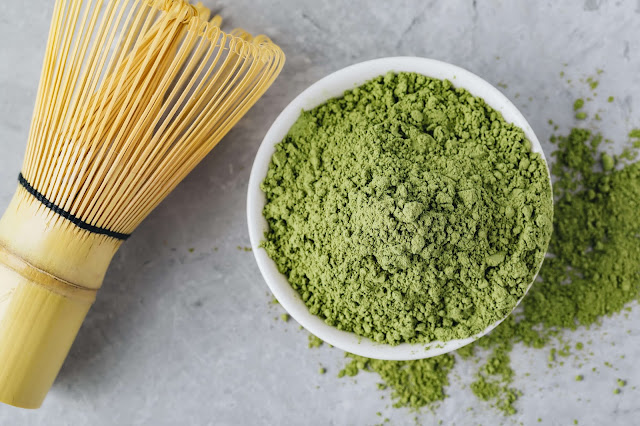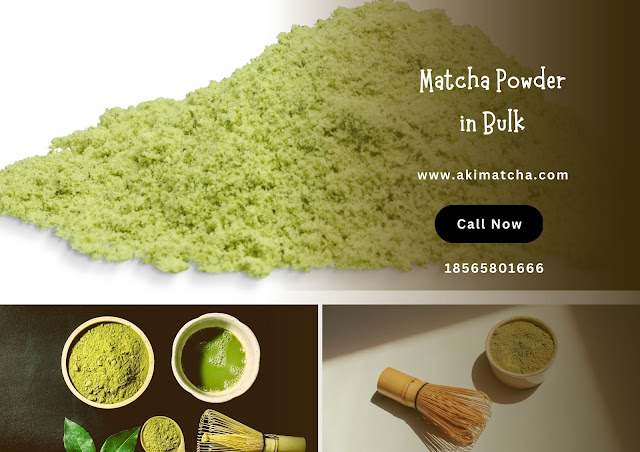The Matcha Story - How Japanese Matcha Green Tea Powder Is Prepared
The Five Stages of Matcha Production
Matcha production is divided into five stages. Let us take a look:
#1. Shading Process
Although the process of matcha production is a slow and meticulous one, it has its unique artistry. The shading process is one of the most important steps in producing high-quality matcha powder. The shading process slows down photosynthesis, producing a sweetened amino acid taste and a better flavor. It typically happens 3 – 4 weeks before harvesting, but it depends on both the farm and its location in Japan.
#2. Harvesting Process
After the shading process, tea plants are ready for harvesting. The best time for harvesting is two or three weeks after hachiju-hachiya begins. Machines are most often used for harvesting but handpicking may be common on small farms. The first harvest produces the finest quality matcha tea, which has a vibrant green color and exquisite flavor. This fine powder is used for ceremonial grade matcha—the highest-quality variety available in the market.
#3. Steaming Process
The leaves are harvested, then washed and steamed to prevent oxidation. Steaming also
maintains high levels of amino acids in the tea. After this process is
finished, the tea leaves are cooled down and brought to ovens for further drying.
At this point, they're called aracha or unrefined tea.
#4. Sorting Process
After steaming and drying, the aracha is sorted to remove any impurities or dust. This ensures that the tea leaves will be uniform in color, size, and shape. Then, the tea leaves are passed through multiple sorters and sifters to remove stems and leaf veins. At this stage, the aracha is refined into tencha, the tea leaves before they are ground down to matcha powder.
#5. Grounding Process
Finally, the last step of matcha production is grinding the leaves into powder. Traditionally, matcha was ground by hand using stone mills. However, today high-tech machines perform these processes at lightning speeds and with greater precision than ever before. After the leaves have been grounded into a fine powder, they are packaged and ready for shipment. Side Note: Planning to buy matcha? We have the best matcha green tea bulk on the market. Get yours today!
Final Verdict
A cup of Matcha from our Japanese brand is a great way to start your day. It's high in antioxidants, giving you a boost of energy and vitality. Consider buying Japanese matcha green tea powder wholesale or organic matcha green tea powder wholesale from us to jumpstart your healthy lifestyle.




Comments
Post a Comment